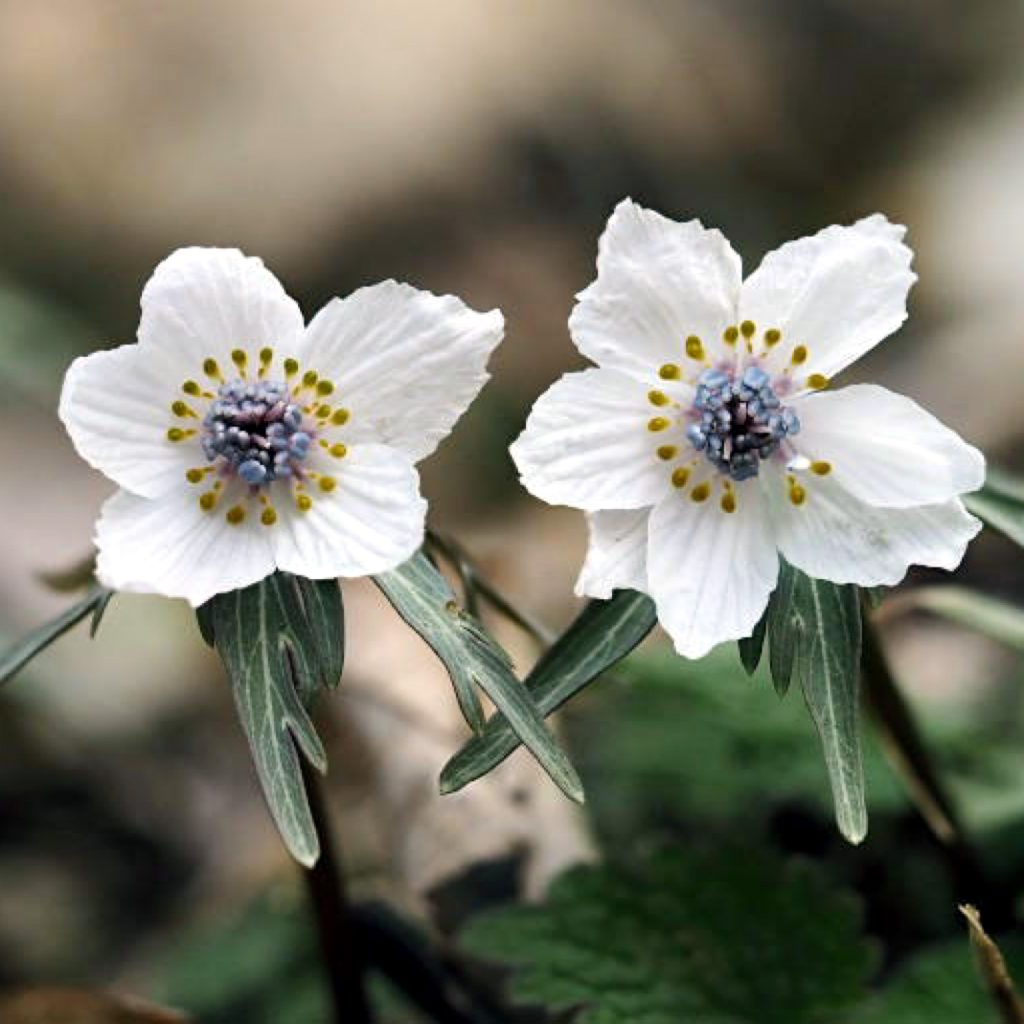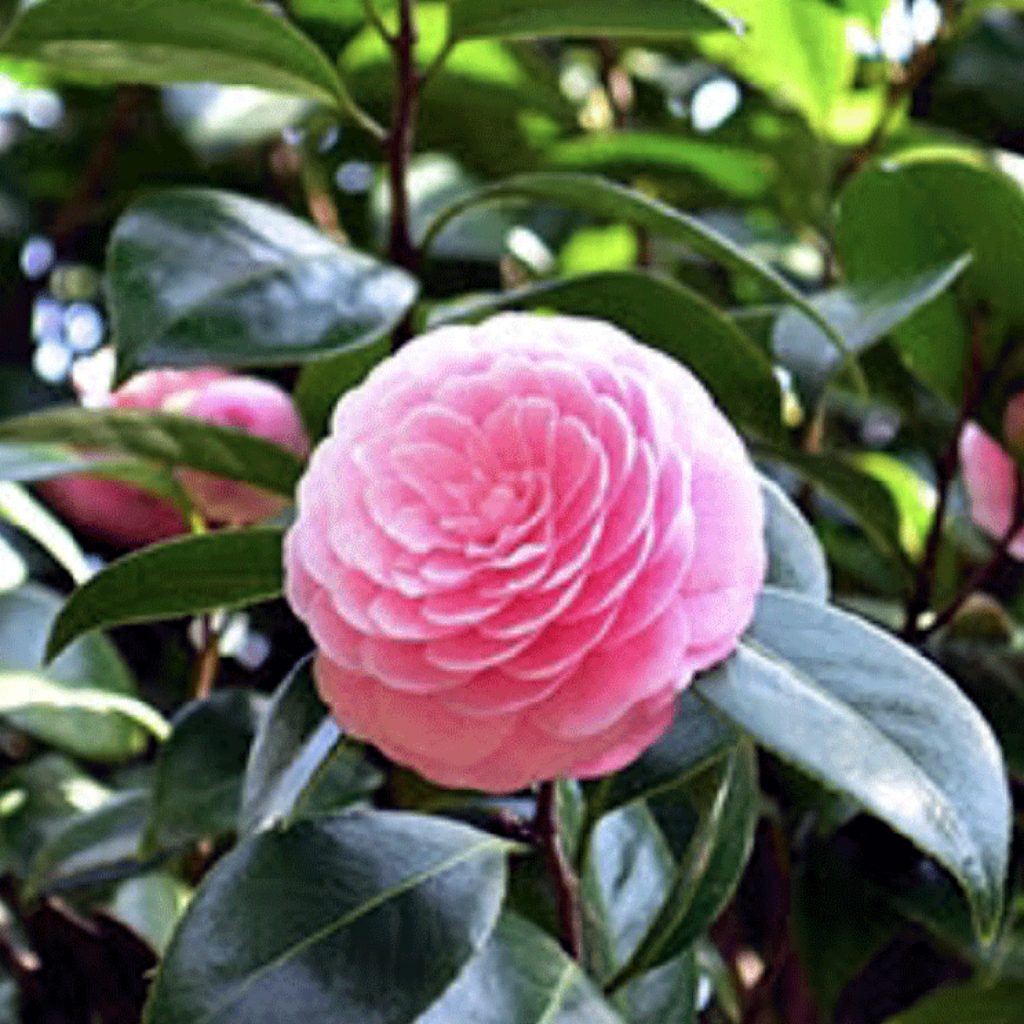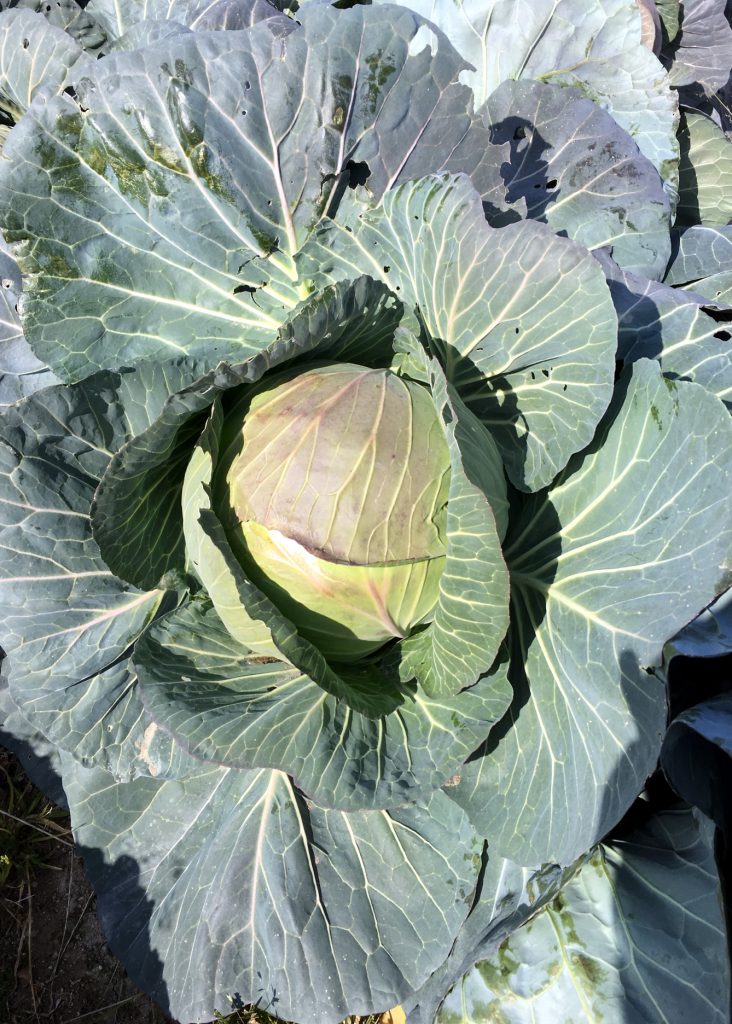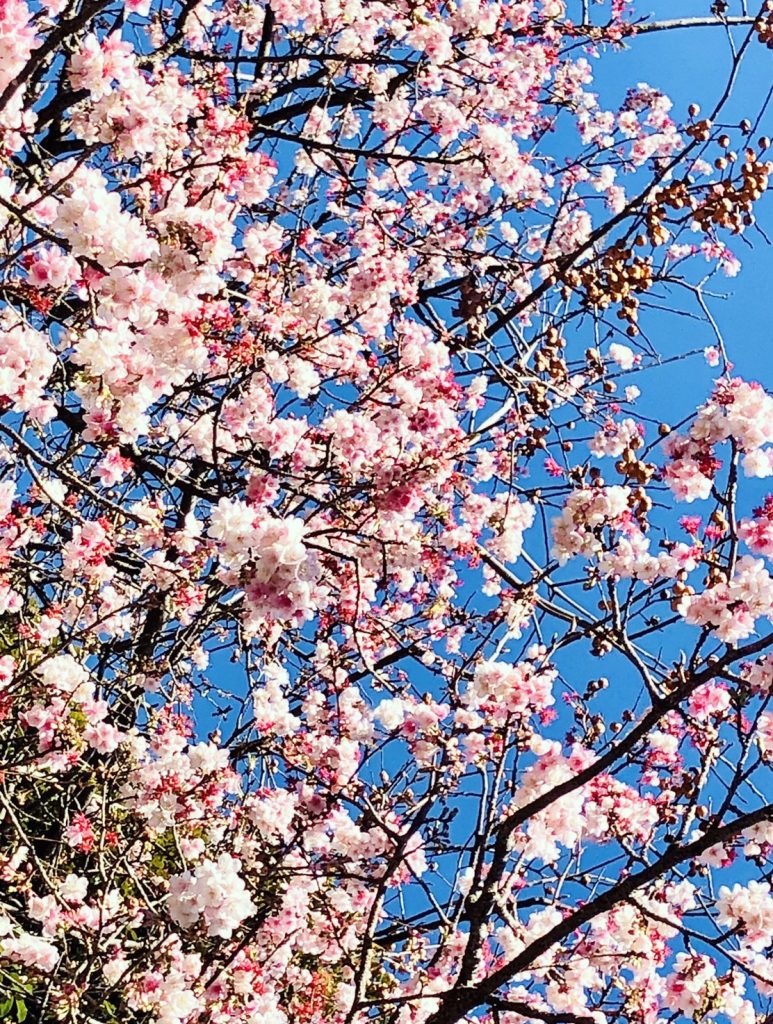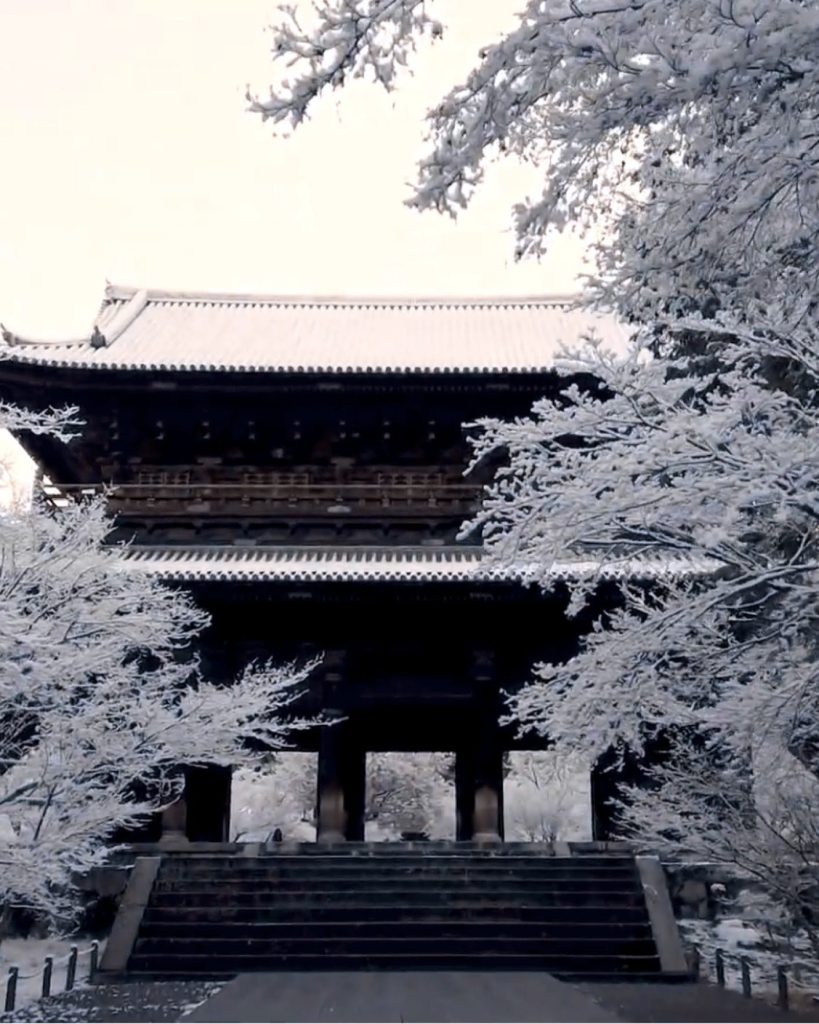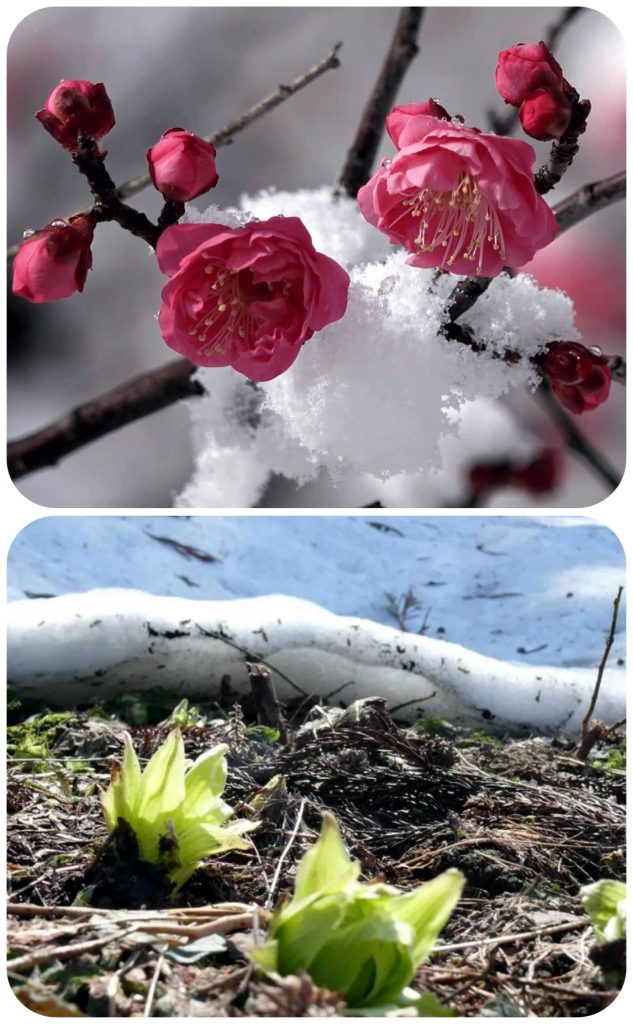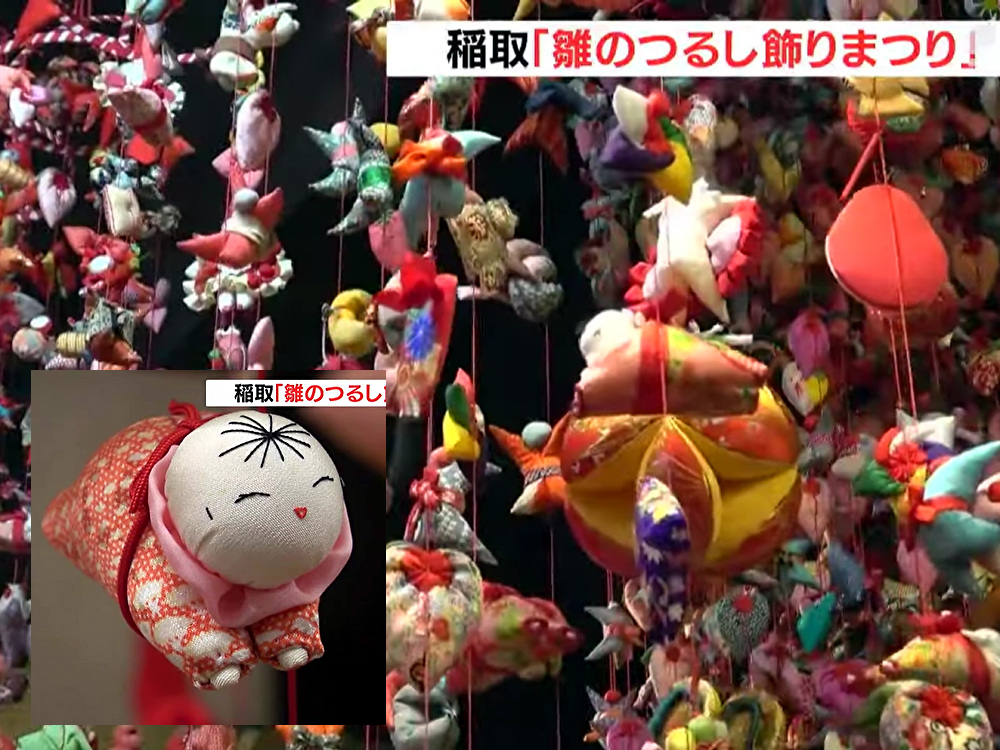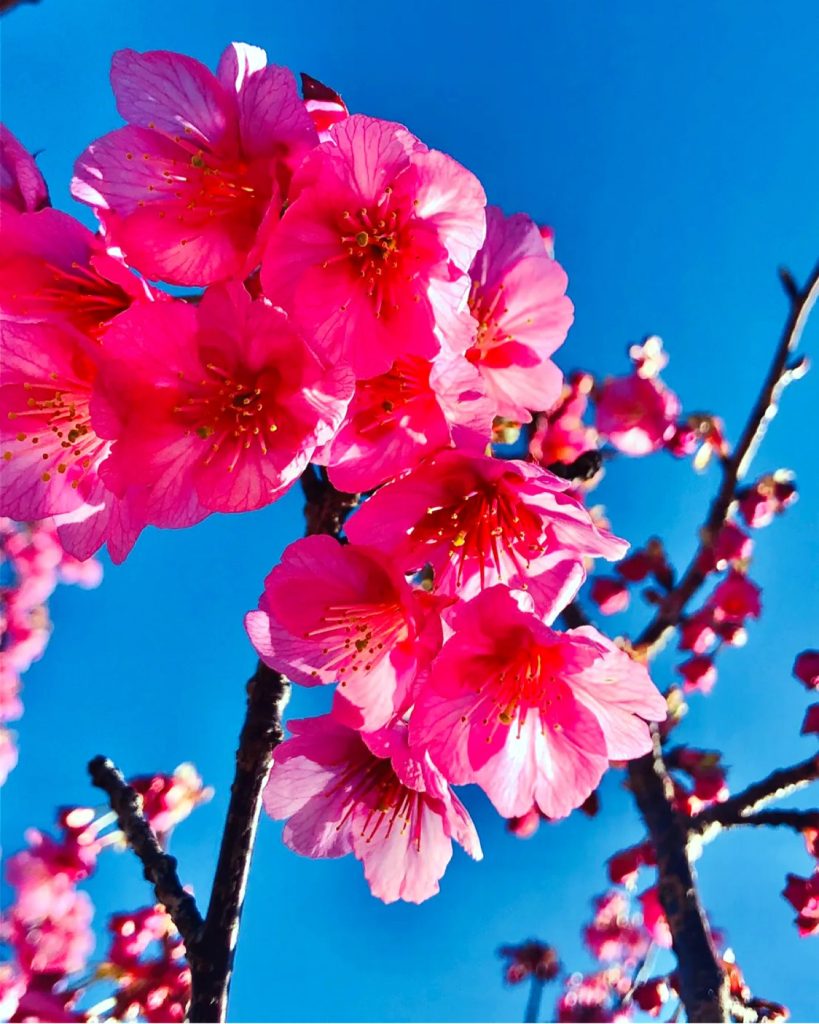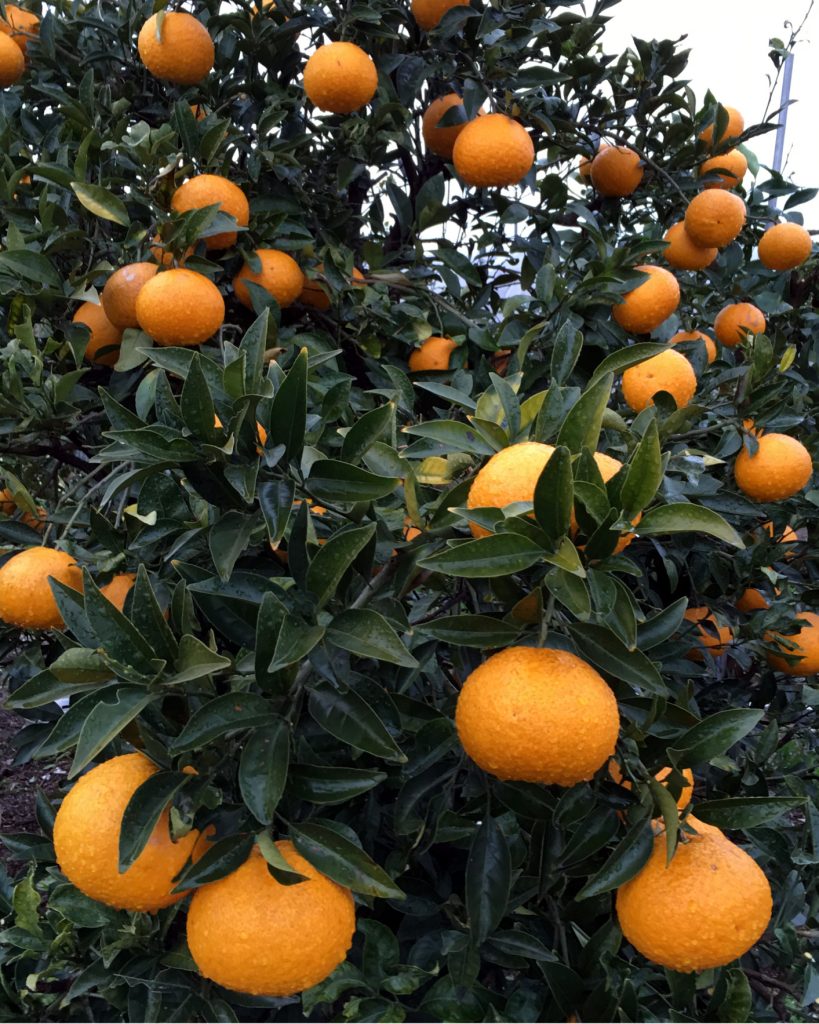
I still remember the first time I ate a summer mandarin. It was when I visited my mother’s hometown around the time I was in elementary school. In the backyard, there was a large summer mandarin tree with plenty of them hanging. I knocked them down with just a pole, peeled off the skin, and the moment it touched my mouth, I spat it out. It was so sour that it made me jump. Even now, as I recall that moment while writing this, saliva comes to my mouth. When I brought them home and told everyone about it, there was laughter. My aunt brought baking soda, and by applying it, we discovered that they became delicious. Nowadays, there is a similar variety called ‘Amanatsu,’ and it’s sweet without needing baking soda. Summer mandarins are said to have originated from a mutation of the Citrus maxima variety that drifted to Aoshima in Yamaguchi Prefecture carried by the Kuroshio current during the mid-Edo period. From this sudden mutation of summer mandarins, the ‘Amanatsu’ variety was born in 1935.
夏みかんを最初に食べたことを今でも覚えています。小学生になるかならない頃、母親の実家に里帰りした時です。裏庭に大きな夏みかんの木があって、夏みかんが沢山ぶら下がっていました。竿だけで叩き落として、皮を剥いて口に入れた途端に吐き出しました。飛び上がるほど酸っぱいのです。今でもこうしてその時のことを思い出してこの文を書いていても唾が湧き出てきます。家に持ち帰って皆んなにそのことを話したら大笑い。叔母が重曹を持ってきてくれ、それを付けて食べると美味しいことを知りました。今は甘夏と言う同じ品種のみかんがあり、重曹を付けなくても美味しくいただけます。夏みかんは江戸時代中期、南方から黒潮にのって山口県の青島に漂着した文旦系の柑橘の種が起源らしいですね。その夏みかんの突然変異から生まれたのが甘夏で、昭和10年の事です。

